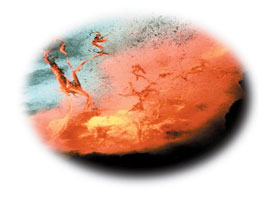This investigation will help you to:
Wave Classroom, SEACOOS
View informatin on the following topic areas:
- making wave posters.
- wave presentation.
- wave fact sheet.
- selected wave activities.
- wave glossary.
- web wave resources.
National Data Buoy Center, National Weather Service, NOAA
The National Weather Service provides weather and marine data from buoys surrounding North America, the Carribean, and Great Britain. Historical and realtime data are featured. Data include wind, waves, atmospheric pressure, air and water temperature, and dewpoint.
Seismic Waves, University of Nevada Seismology Lab
Read an overview of seismic deformation and the different types of seismic waves. Also covers how seismic waves are measured and how their measurement can be used to determine where earthquakes originate.
What is Seismology and What are Seismic Waves?, UPSeis from Michigan Technological University
This page provides a more in-depth discussion of P and S waves as well as Love waves and Rayleigh waves
Seismometers, Seismographs, and Seismograms, etc., USGS/Cascades Volcano Observatory
Find out more about how seismometers and seismographs work.
Earthquakes and Seismicity, USGS Cascades Volcano Observatory
Browse through links to additional articles or pages about specific seismic stations along the west coast.
Snell's Laws, Department of Geological Sciences, Northwestern University
Read about the effect of media velocity on reflection and refraction of seismic waves.
Earth's Interior, Nevada Seismological Laboratory
Find out more about how scientists understand the Earth's interior.
Inside the Earth, USGS
Read a brief description, with figures, of the internal structure of the Earth.

